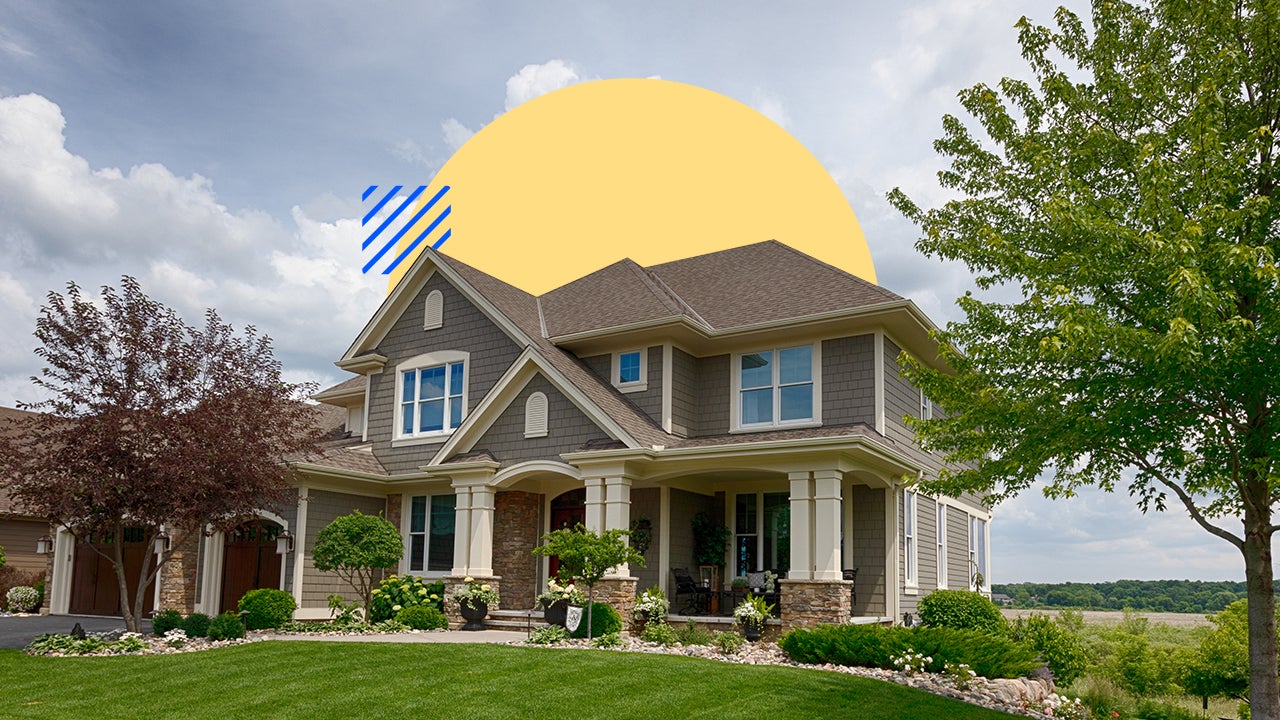How much does a home security system cost?
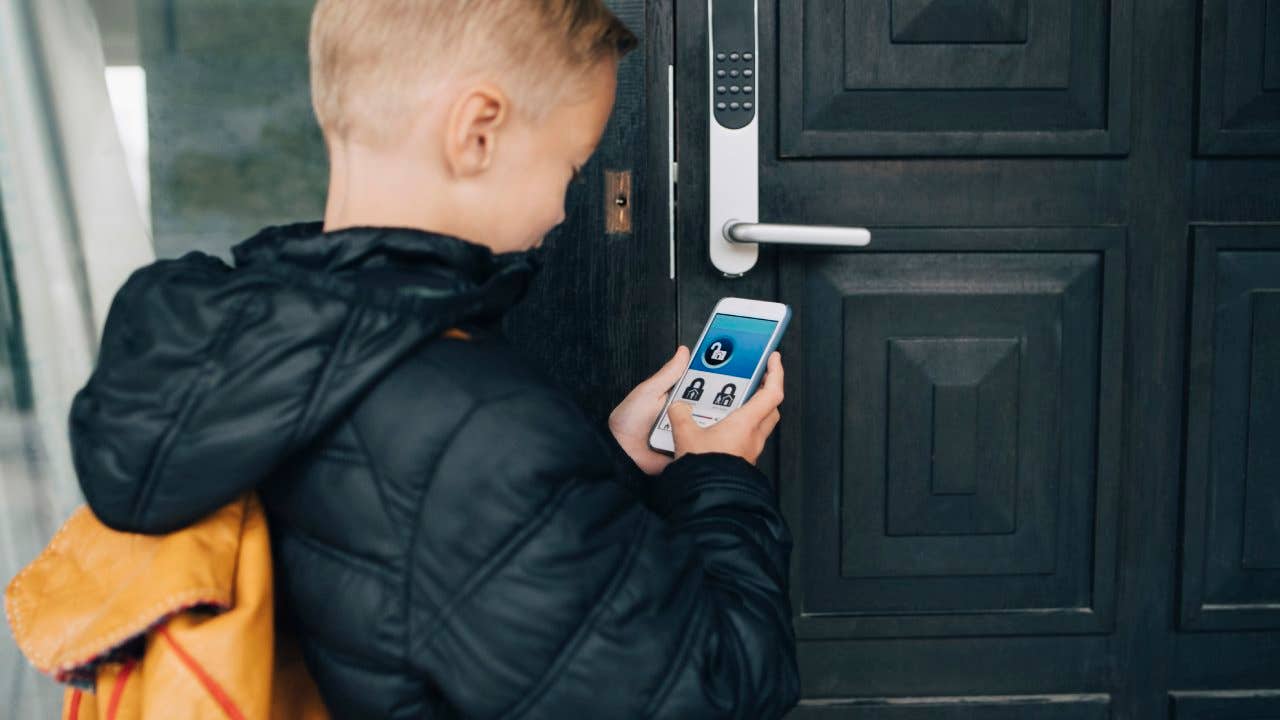
Key takeaways
- Home security systems come in two basic types: wired (which are professionally installed) or wireless (which can be DIY).
- Home security systems average $700, but can cost up to $2,000 if professionally installed.
- Initial expenses related to home security systems include installation, equipment and extra features, plus ongoing costs like monthly monitoring and maintenance.
Here’s an alarming thought: a burglary occurs every 25.7 seconds, equating to around 3,300 per day, per FBI Crime Data. Those kinds of numbers are enough to give anyone pause, whether you own your own home or rent. Fortunately, Americans can turn to home security systems for better peace of mind against break-ins – with more products and options available today than ever before.
That begs the question: How much does a home security system cost? “On average, home security systems cost $700, not including installation costs if needed. However, the price can range anywhere from $280 to $1,150, depending on the security system you choose,” Mallory Micetich, a home expert with Angi, says. With installation, the price can mount to $2,000, according to Angi. Highly elaborate systems, with full-time professional monitoring, can run as high as $4,500, Fixr.com figures show.
This level of protection won’t break your bank, but some options are more expensive than others. And then there may be ongoing monitoring and maintenance fees, as well.
What’s included in a home security system today
Home security systems have come a long way from bygone times, when you might primarily rely on a German Shepherd or a bell attached to the door. Today, a variety of value-added features and components are included in a contemporary home security system.
Most systems typically include sensors for every door and window (at least on your main level) and an alarm siren that connects to a central hub or control panel. The bundle may also come with various motion detectors, surveillance cameras, security lighting, and possibly environmental sensors to detect smoke, carbon monoxide, glass breaks and/or water leaks – or these items can ideally be purchased separately as add-ons.
A simple and less expensive home security system you install yourself will at least include a local/self-monitoring feature wherein you (the homeowner) are alerted via a smartphone message or phone call that your alarm has been triggered. More dependable and expensive systems include 24/7 central monitoring managed by a professional home security company (for an extra fee). When your alarm is tripped, the company attempts to contact you to ensure your safety; if you don’t respond, police or fire services are automatically dispatched to your home.
Wired vs wireless alarm systems
Home security systems nowadays also come in two flavors: wired or wireless. In a fully wireless system, the sensors installed throughout your property communicate with the central control panel via radio frequency. Each of these wireless components is powered by batteries that need to be replaced over time. The central hub/control panel is usually powered by electricity and battery backup.
The main advantage of wireless systems is that they are quick and easy to install yourself, but they could lose connection in a moment of need. “One of the many benefits of a wireless system is that you can upgrade the components easily. New components or add-ons can simply be swapped in place of the system’s existing ones,” explains Charlotte Granville, a home remodeling specialist with Fixr.com. “But be aware that some wireless systems may be susceptible to interference from sources like microwaves, baby monitors or structural obstructions, which can result in disruptions or limitations in their performance.”
Wired systems, on the other hand, link components like the door and window sensors to the main control panel using wires or cables that can be concealed in walls and floors. A wired system that is centrally/professionally monitored transmits information, like a triggered alarm, through a landline, data network or fiber-optic cable connection. The advantage here is that the connection is extremely reliable, with no fear of signal interruption or battery failure because the system is usually electrically powered (often with a battery backup). The drawback is that it takes longer to install a wired system and more money too: Since it involves drilling into walls and electric wiring, this setup is best left to a professional home security company to do.
Wireless security systems typically connect to some type of phone, smart hub, tablet or digital keypad. However, many state-of-the-art wired systems can also connect to smart hubs and tablets or phones.
Factors to consider when calculating the cost of a home security system
Here’s a breakdown of what you may end up paying for a home security system.
Installation costs
If you choose a DIY system, the good news is you’ll pay nothing for installation. But hire a pro and they could end up charging anywhere between $60 and $150 per hour, depending on the system chosen and the extent of the installation process, per Granville.
“Fortunately, for many wired systems, many companies include complimentary installation when you purchase their systems,” Micetich says.
Equipment costs
The hardware components of your system – including sensors, control panel, siren(s) and other items – are often bundled in a kit and start at $200 and up. Expect to pay $700 on average for equipment costs alone, Micetich adds, noting that additional features like sensors and motion detectors can set you back between $25 and $300 per item/feature.
Monitoring/subscription costs
If your home security system is centrally/professionally monitored, you will likely fork over between $10 and $60 each month. Some brands, like Ring, offer a monthly or annual subscription fee option for monitoring services that also includes cloud storage of video footage captured by security cameras.
Maintenance costs
Thankfully, most home security systems don’t need regular upkeep or repairs. But you may need to replace the batteries from time to time and swap out a defective component for a new one, the cost for which may not be included in your monitoring plan or product warranty.
Additional fees
With a professionally installed system, you may have to pay an activation fee the first time you switch it on, which can cost between $25 and $100, per Granville. She cautions that you may also be charged if you want to discontinue central monitoring with some companies, so “be sure to check the small print in your contract for any hidden or cancellation fees for monitored systems.”
Also, you may have to pay an annual alarm permit fee to your local jurisdiction/municipality, which can range from $25 to $100.
The pros and cons of having a home security system
Purchasing, installing and using a home security system has its advantages and disadvantages. It’s smart to weigh these pluses and minuses before choosing a system, investing in its infrastructure and committing to a contract.
Pros
“Anyone concerned about trespassers or criminal activity in their area should invest in a home security system,” Granville says. “Particularly if you travel a lot for work and spend periods of time away from your home, a security system can help you keep tabs on your property.”
“A home security system offers peace of mind, a potential deterrent to burglars and possibly lower homeowner insurance rates, too,” agrees Brandon Yang, owner of North Shore Home Security in Evanston, Illinois,. Many insurers offer discounts on your premiums if you have certain protective features installed.
Additionally, modern home security systems not only safeguard against burglars and trespassers, but some can also offer extra home automation features through their apps, according to Granville.
Cons
There’s a learning curve and commitment of time involved with home security systems, especially self-installed wireless systems that can take a while to set up, program and arm/disarm.
False alarms are a possibility, too. If you (or something else) accidentally triggers your system and doesn’t disarm it in time, for example, the police may race to your address, which can be embarrassing.
“There are also privacy concerns with security cameras,” adds Yang, who notes that some consumers can feel uncomfortable with footage saved to the cloud and potentially watched by employees of that monitoring company. Some also worry about the hacking of data recorded and stored by “smart” home security systems.
But the major drawback of investing in a home security system is the cost involved, which can add up quickly based on the products and monitoring features you select. Micetich’s $700 figure is for a basic, no-frills system that includes just four motion and contact sensors; additional sensors or features, like fire, smoke or carbon monoxide detectors, breaking-glass sensors and video cameras, can be $25 to $300 more apiece. Plus, you’ll have to budget for monthly monitoring fees, which can add up to nearly $800 annually, if you use a state-of-the-art cellular system.
How to choose the right home security system
To ensure that you select an appropriate home security system for your needs, think about the features that will make you feel safe as well as what you can afford.
“Some people like to keep it simple with a traditional security panel, while others like added features like outdoor cameras and security lights. Think about which features would be most beneficial to your household,” suggests Micetich.
In addition, ponder factors like cost, contract length, if the system is monitored or unmonitored, “and integration with other smart home devices,” Yang advises. “Always read reviews, and maybe even ask neighbors or friends for recommendations.”
Here are some of the most popular home security system companies/brands:
Ring
Price: $200 and up for hardware; $200 a year and up for professional monitoring subscription
Pros: They offer affordable monthly fees and don’t require a long-term contract.
Cons: They have limited compatibility with other smart home technology.
Abode
Price: $140 and up for hardware; $220 a year and up for professional monitoring subscription
Pros: They offer low-cost, on-demand professional monitoring without long-term contracts and integration with smart home technology.
Cons: Their starter kits come with limited devices, and 4G cellular backup is only available with the Pro Plan.
SimpliSafe
Price: $250 and up hardware; $30 a month and up for professional monitoring subscription
Pros: They have lower monthly fees for monitoring, and don’t require a contract.
Cons: They have a higher upfront cost for equipment, and the lack of facial recognition can trigger false alerts.
Cove Security
Price: $229 and up hardware; $18 a month and up for professional monitoring subscription
Pros: They offer flexible monthly costs and compatibility with Alexa and Google Assistant for smart home upgrades.
Cons: They don’t offer outdoor cameras and have limited self-monitoring options.
ADT
Price: Hardware is customizable so prices will vary; $46 a month and up for professional monitoring subscription
Pros: They have a long-standing reputation and offer comprehensive professionally installed central monitoring services.
Cons: They are more expensive than other companies/services.
Brinks
Price: $200 and up for hardware; $39 a month and up for professional monitoring subscription
Pros: They offer good customer service and reliable equipment.
Cons: Their contracts can be long and expensive.
Vivint
Price: Hardware is customizable so prices will vary; $20 a month and up for professional monitoring subscription
Pros: They offer advanced tech features and flexible pricing.
Cons: Some consumers have complained of aggressive sales tactics.
Can older homes support a home security system?
Got an older residence? So long as your home can support a strong Wi-Fi signal, you should be able to install and reliably use a wireless DIY security system. Even older residences can be equipped effectively with a modern home security system under most circumstances. “But the insulation could be harder if you opt for a wired system, due to thicker walls and outdated electrical setups,” cautions Yang.
How to save money on a home security system
Yang recommends these tips to possibly pay less for your home security system:
- Prioritize essentials over extras. “While many advanced features can be tempting, give priority to essential features that cater to your primary security needs.”
- Research promotions. Some brands offer promotional rates for new customers, which can include discounted equipment or free installation.
- Bundle services. “Some providers may offer bundles that include home security with other services, such as internet or TV – potentially saving you money.”
- Inquire about insurance breaks. Your homeowners insurance could offer a discount if you have a security system — provided it has certain features.
Also, avoid consumer remorse by doing your due diligence.
“Buying a home security system because someone knocks on your door is not the way to make such an important decision, no matter how good it may sound,” warns Claire Rosenzweig, president and CEO of the Better Business Bureau serving Metropolitan New York. “BBB advises consumers to choose a reputable business by asking their insurance company for recommendations and checking out companies at BBB.org. It’s also wise to get at least three quotes and make sure you understand what the monthly costs are for monitoring.”
The bottom line on home security system costs
Home security systems can involve a sizable upfront price, but the costs can be worth it if it helps you sleep better at night and better safeguard your family, home, and possessions. ”It can make you feel more comfortable inside,” as Micetich puts it.
Avoid committing to the first system or company you hear about. Take the necessary time to research different brands and products, and evaluate the advantages and disadvantages of each system carefully.
“And even if you opt for a DIY system, consider getting advice from experts or friends knowledgeable about home security,” says Yang. “Also, evaluate long-term costs – a cheaper system might actually have higher monthly fees while a more expensive system might have lower monitoring costs.”
You may also like
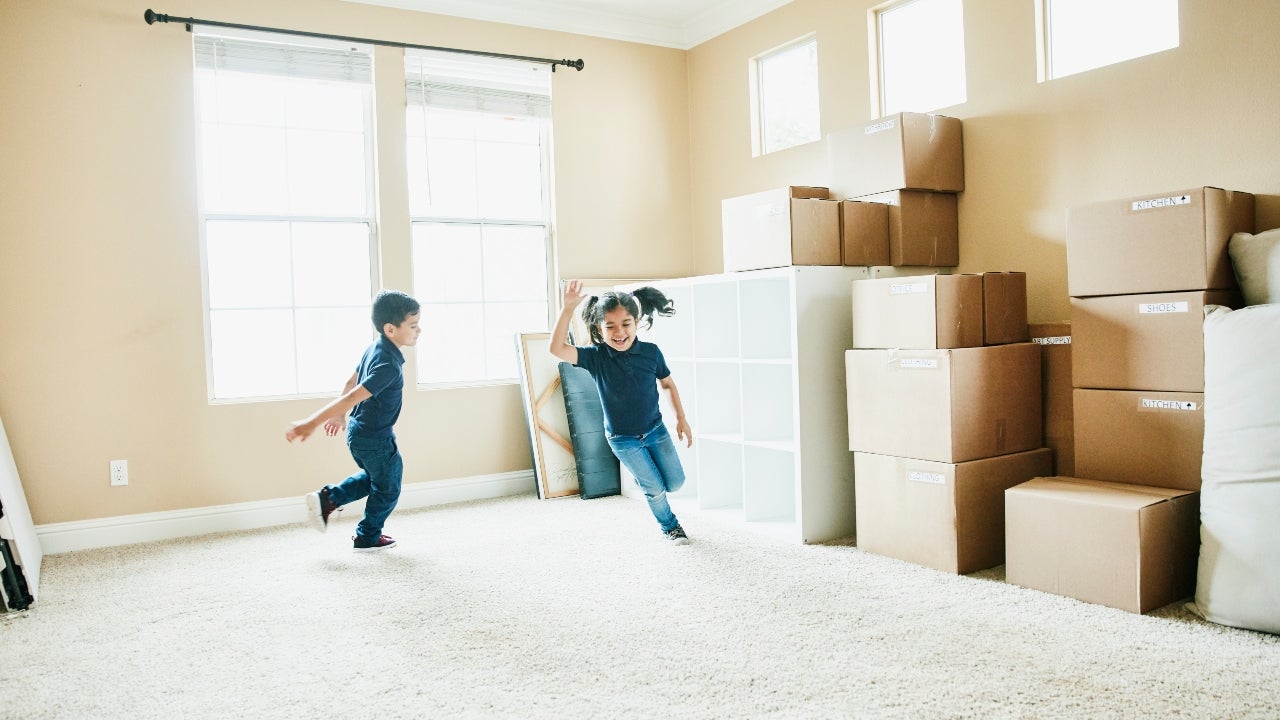
How much does it cost to move?
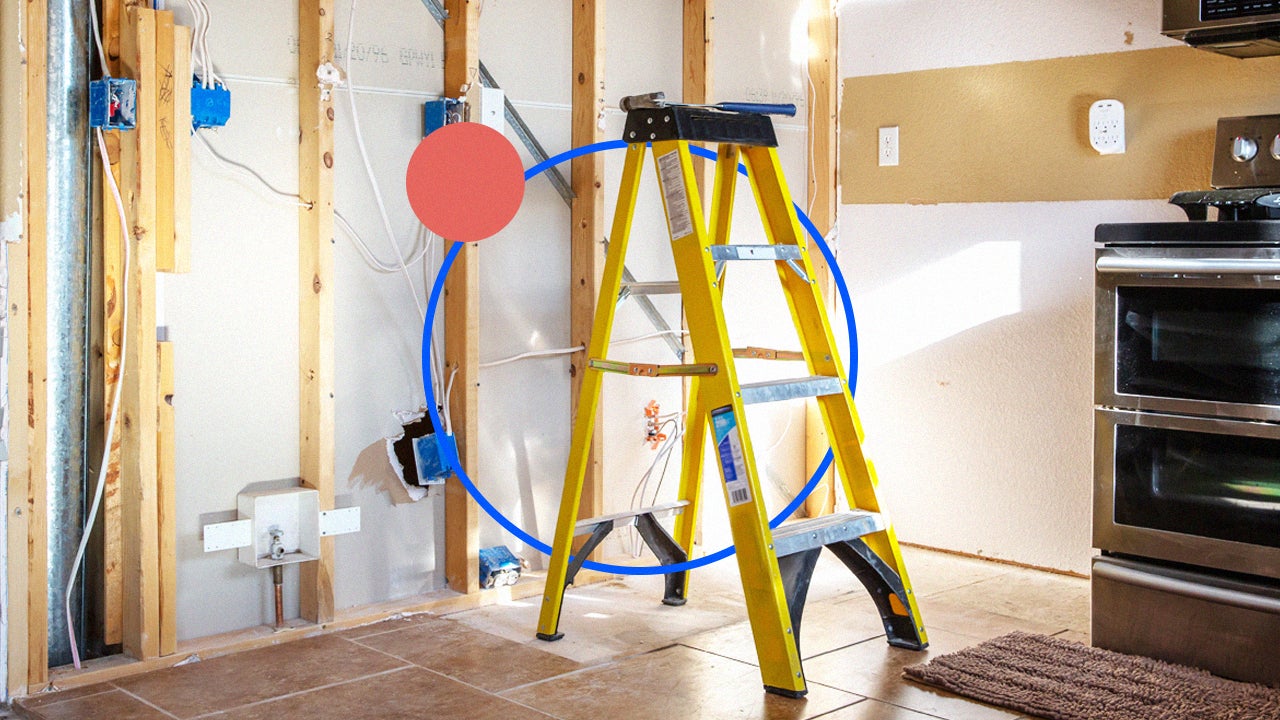
How much does it cost to frame a wall?
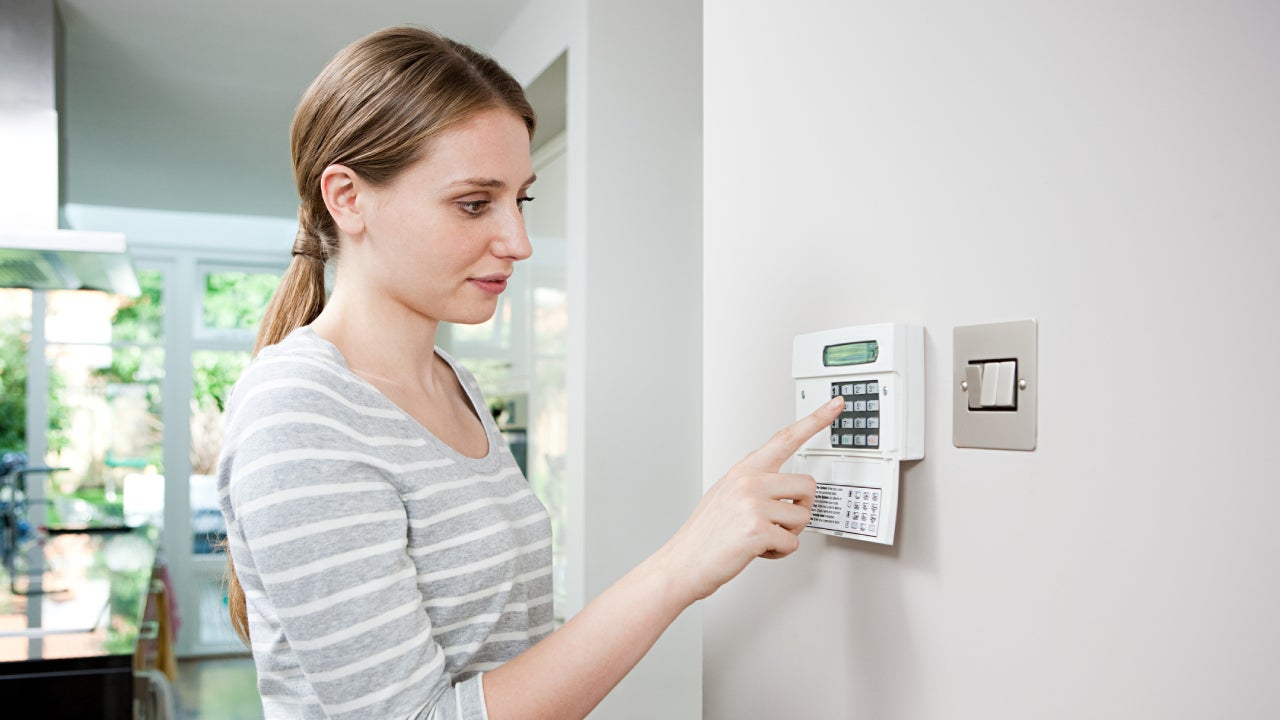
How to secure your home on a budget



